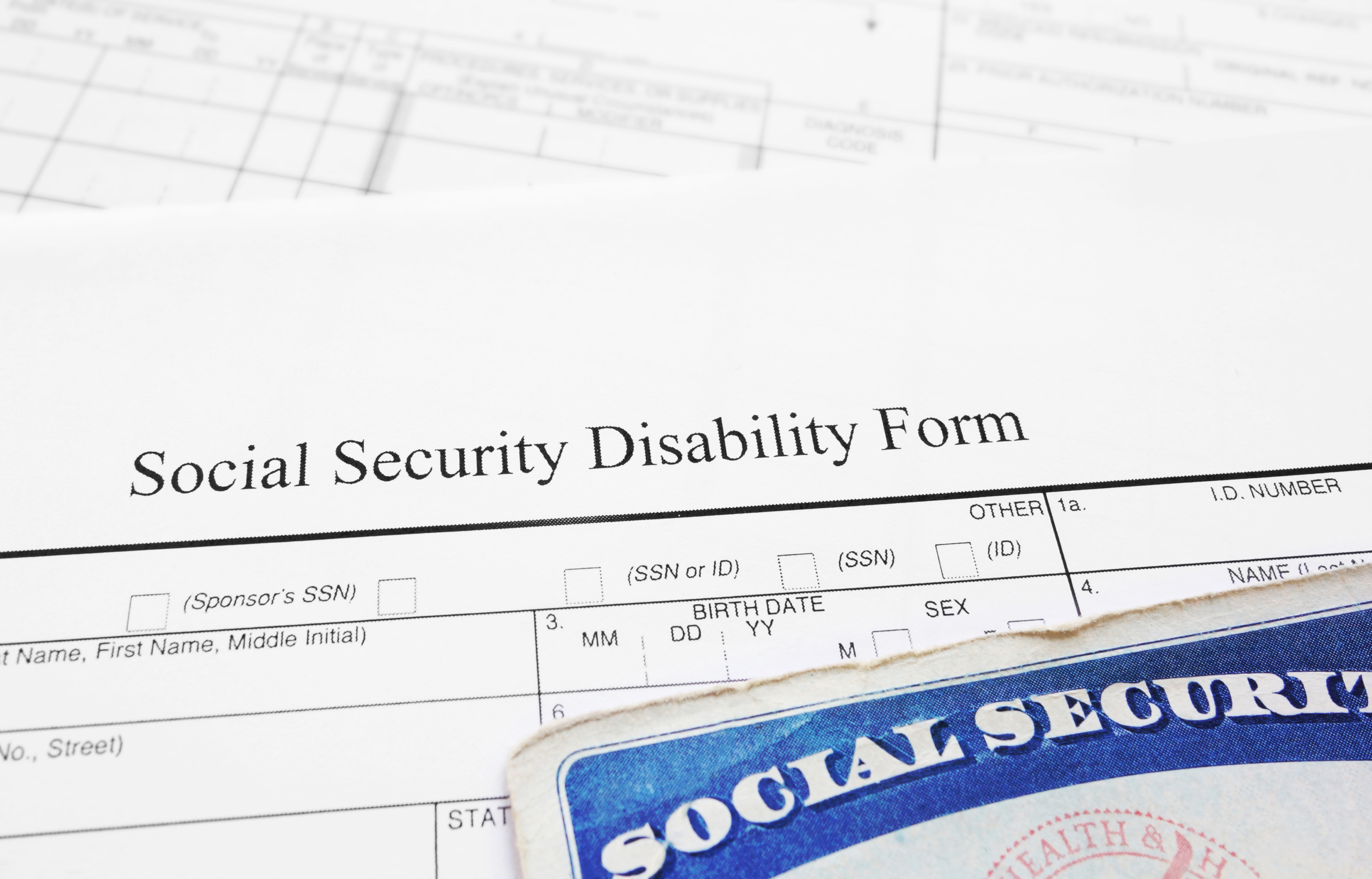If you are unable to work due to a disability or medical condition, you’ve likely considered applying for disability benefits. But the type of disability benefits you may be eligible for depend on whether your disability is classified as partial or total and how it affects, or is expected to affect, your future ability to work.
What is partial disability?
The definition of partial disability varies depending on the terms of the policy or program paying the benefits. For example, private insurance may define partial disability differently than a public program such as worker’s compensation, so it is important to check the terms of the specific program before applying to determine whether you meet its eligibility requirements.
Generally speaking, however, partial disability means you are either unable to perform at least some of your essential job duties (or the duties of another job comparable to your education, work experience, or training) or can only work part-time. Partial disability may be temporary or permanent.
Conditions that may result in partial disability include:
- Cancer
- Heart attack
- Back injuries
- Orthopedic injuries
- Carpal tunnel syndrome
- Hearing or vision loss
- Amputation
For example, a cancer patient may be able to perform all their normal job functions but can only work part-time due to the side effects of treatment. This is also an example of temporary partial disability since the person could return to full-time work once treatment is complete.
On the other hand, someone who works in a warehouse and suffered a back injury may be unable to load and unload boxes but could still conduct inventory and transport boxes once they were loaded onto a forklift. They would be able to continue full-time work, provided they were exempt from performing those specific duties. This type of partial disability could be temporary or permanent.
Benefits for partial disability will be paid from private insurance or short-term benefits programs only. Social security disability (SSD) or supplemental security income (SSI) does not pay benefits for partial disability, whether it’s temporary or permanent.
What is total disability?
Total disability means that you are 100% disabled and unable to do basic work-related activities, such as lifting, standing, walking, sitting, or remembering, or performing any of your essential job duties (or the duties of another comparable job based on your education, work experience, or training). Like partial disability, total disability can be permanent or temporary.
Social security disability (SSD) benefits are only payable to individuals with a total disability. To be considered totally disabled under the Social Security Administration rules, you must meet the following criteria:
- Be unable to participate in substantial gainful activity (SGA). In 2022, the SSA considers an individual capable of participating in SGA if they earn more than $1,350 per month ($2,260 for individuals who are blind).
- The disability prevents you from performing essential job functions.
- Have a condition included in the SSA’s Blue Book, a listing of more than 100 disabilities and medical conditions the SSA considers disabling, or have an unlisted condition that meets or exceeds these requirements.
- Be unable to perform any work you did in the past or perform other comparable work, based on your education, skill, and age. For example, if you are a construction work with no college degree, the SSA will not say you could do work that requires a degree.
The disability or medical condition must also have lasted, or be expected to last, 12 months or longer or result in your death. You can meet all the above criteria, but if the SSA finds that your medical condition or disability will resolve in less than 12 months, you will be ineligible for SSD benefits.
It is also possible to have what the SSA considers a total disability yet still be ineligible for SSD benefits. For example, an amputation would be considered a total, permanent disability. However, depending on the type of amputation and the work the individual performed prior to the amputation, they may still be able to work. A surgeon who had his arm amputated would be unable to continue to work as a surgeon, whereas a teacher could resume teaching after a period of recovery.
Proving disability for SSD benefits
The application process for SSD benefits is time-consuming and requires that you provide sufficient medical evidence to support the claim that you have a total disability that meets each of the SSA’s criteria – a letter from your treating physician stating that you are disabled and unable to work isn’t enough. In addition to the criteria outlined above, each disabling condition in the SSA’s Blue Book has specific criteria that must be met to be considered disabled for SSD purposes, as well as specific medical documentation and tests to substantiate that condition. Again, a doctor’s note is not enough.
You must also prove that you have sufficient work credits to qualify for SSD benefits. The Social Security Disability Insurance program is funded through payment of social security taxes. Even if you meet all of the SSA’s criteria to be eligible for SSD benefits, your application will be denied if you don’t have enough work credits. Instead, you would need to apply for SSI benefits, which has strict income and resource limits attached to it.
The SSA denies approximately 65% of all applications for social security disability benefits. However, the approval rating increases during the appeals process, with 44% of cases brought before an administrative law judge being approved. An experienced social security disability attorney can increase the chance that your application is approved. And, there is no cost to you unless you are awarded benefits.
Looking for an attorney to help you apply for disability benefits? Contact The Good Law Group and receive the representation you deserve.









